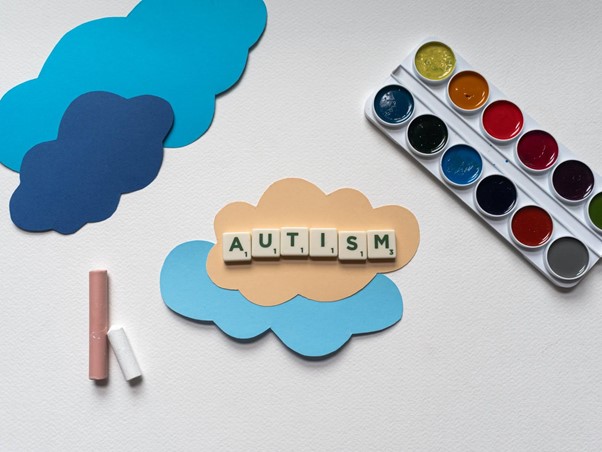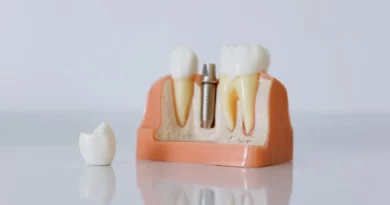How to Find Out if Your Child is Autistic
Learning the early indications of autism and becoming familiar with the regular developmental milestones that your kid should be hitting are two of the essential things you can do as a parent or caregiver. The age at which an autism diagnosis is made and the severity of the early indicators of autism varies greatly. In their earliest months, some babies show signs. Others show signs of conduct as early as age 2 or 3. Not every child with autism exhibits all of the symptoms. Many youngsters who do not have autism display a couple of these behaviors, which is why it is hard to diagnose. Because autism is a spectrum condition, it can range from mild to severe and affect people of all races, socio-economic backgrounds, and ages.
Early detection of autism makes a significant difference, according to many autism services centers. If you recognize the early signs and symptoms, you can get your child the aid they need to learn, grow, and thrive. Autism manifests itself in a variety of ways. Autism spectrum disorder (ASD) appears in infancy and early childhood, delaying a number of important developmental milestones like learning to speak, playing, and interaction with others.
Doctors, parents, and professionals have various ideas about what causes autism and how to best treat it. One thing, however, is universally agreed upon: early and aggressive intervention is advantageous. It can make all the difference for youngsters at risk or who exhibit early indicators. So don’t give up hope, regardless of your child’s age. Treatment can assist your child in coping with the disorder’s symptoms while also allowing them to grow in life.
You’re in the best position to identify the first signs of autism as a parent. You know your child better than anyone else. You can spot habits and eccentricities that a pediatrician would miss in a fast fifteen-minute appointment. While your child’s pediatrician can be an invaluable resource, don’t overlook the value of your views and experiences. The goal is to educate yourself to understand what is expected and what is not. This can be difficult, especially for first-time parents. So, here are a few of the signs you should look out for:
- No babbling or pointing (by the age of one)
- No use of single words by age 16 months
- Poor eye contact
- Excessive lining up or organization or toys/objects
- Little to no smiling
- Not responding to their name
- Wanting to be alone
- Have difficulty understanding or showing understanding
- Repeat words or phrases over and over
- Get upset by minor changes
- Flap their hands, rock their body, or spin in circles
- Have unusual reactions to the way things sound, smell, taste, look or feel
- Have low to no social skills
- Avoid or resist physical contact
- Demonstrate little safety or danger awareness
If you believe that your child is showing any signs, you should consult with your doctor, who may send you and your child for developmental screening. Developmental screening is a quick exam that determines if children are learning basic skills on time or experiencing delays. During a developmental screening, the doctor may ask the parent questions or converse and play with the child during the exam to see how they learn, speak, act, and move. A lag in any of these areas may indicate a problem. If a child is at high risk of developmental delays due to preterm birth, low birth weight, having a sibling with ASD, or displaying behaviors linked with ASDs, additional screening may be required. If you suspect your child might be on the autism spectrum, it’s important to watch for signs you need ABA therapy, as it can offer valuable support. Understanding these signs can help parents make informed decisions about their child’s developmental needs.
Image credit
A complete evaluation is the second step in the diagnosing process. This comprehensive examination may entail observing the child’s behavior and growth and questioning the parents. Hearing and vision screenings, genetic testing, neurological testing, and other medical tests may be included. In some cases, the child’s primary care physician may suggest that the family be referred to a specialist for further evaluation and diagnosis.







Pingback: 5 Ways Physical Therapy Promotes Child Development